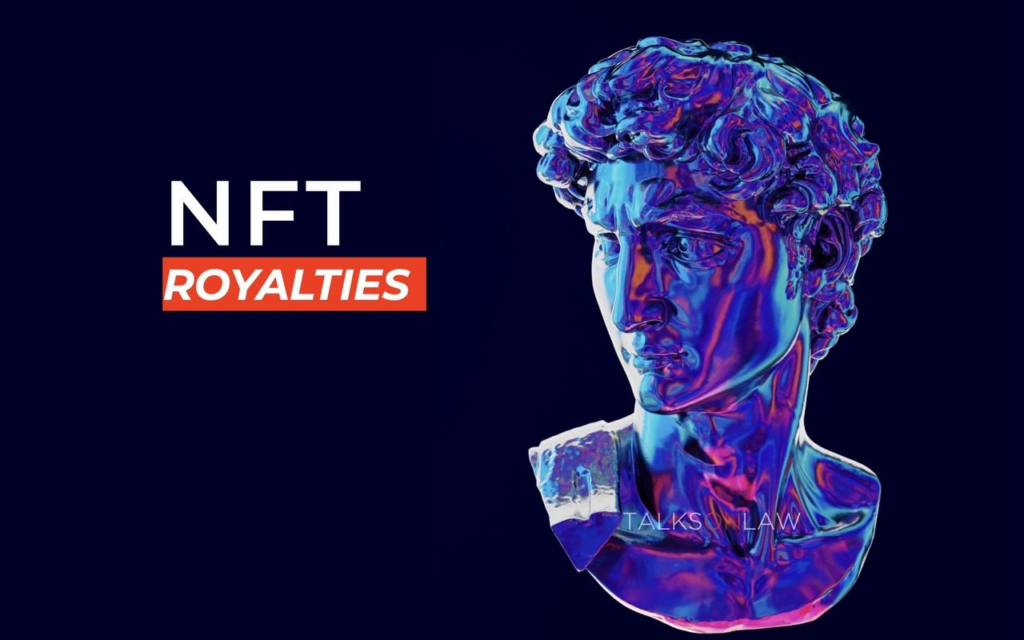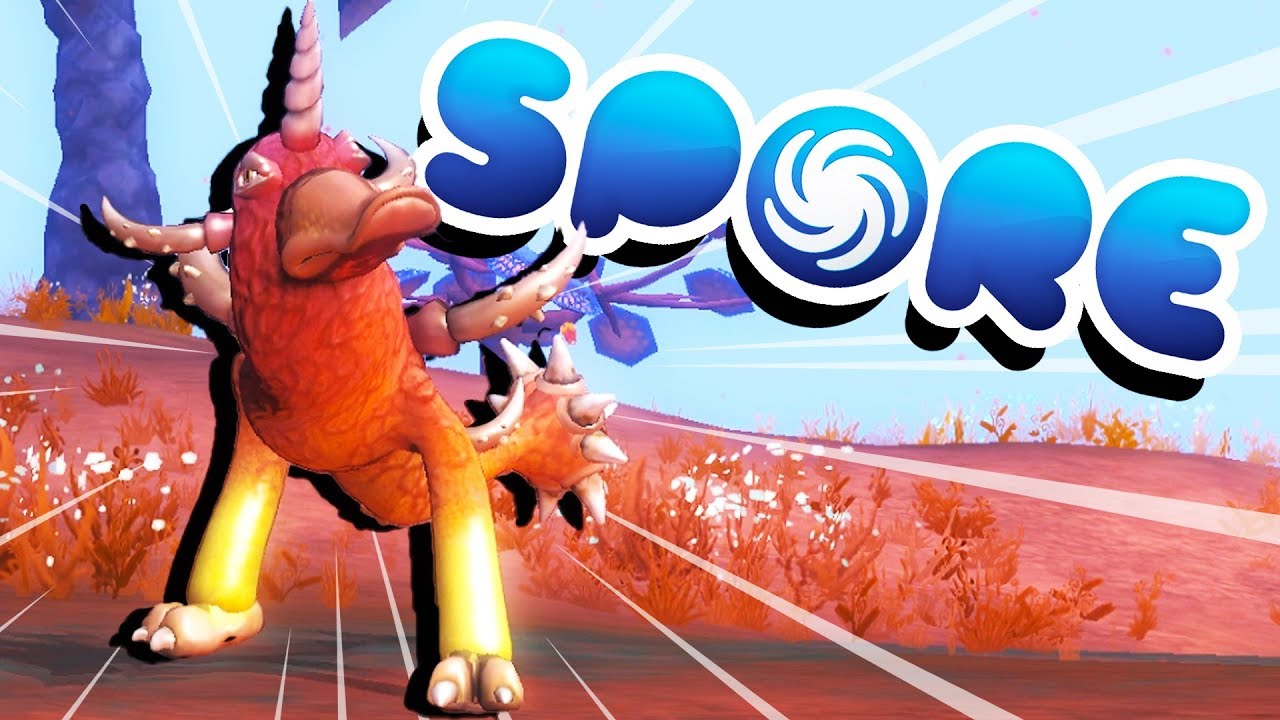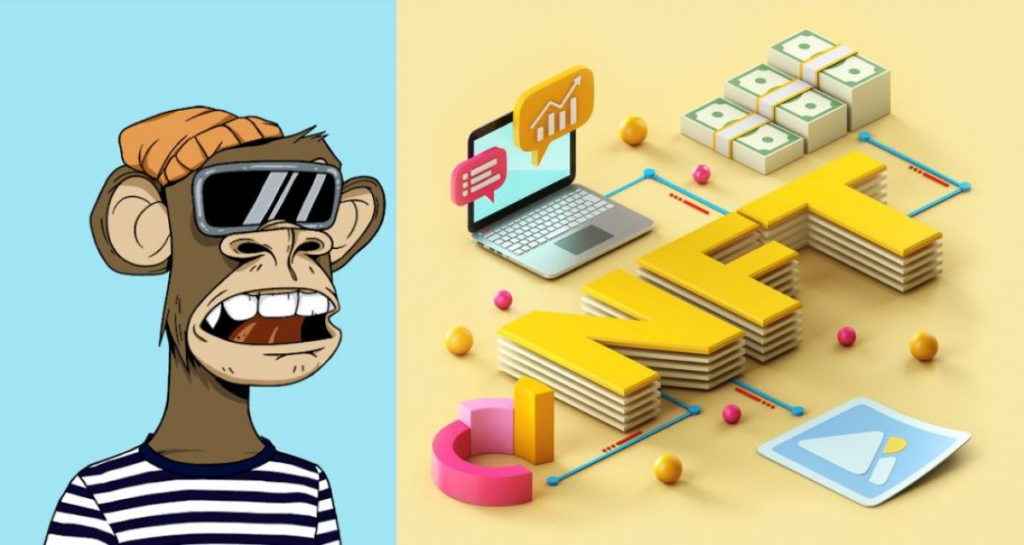Introduction
NFT gaming is evolving at lightning speed, transforming how players interact with digital worlds. By 2025, blockchain gaming and play-to-earn models are expected to become mainstream, offering gamers new ways to earn, own, and trade in-game assets. From decentralized economies to metaverse gaming, NFT games are redefining the gaming landscape.
In this article, we’ll explore emerging trends, the benefits of NFT gaming, popular platforms, potential risks, and the future of digital ownership.
What Are NFT Games?
NFT (Non-Fungible Token) games are video games that use blockchain technology to give players verifiable ownership of in-game assets. Each NFT is unique, tradable, and secure, allowing players to sell, trade, or utilize assets across platforms.
How NFT Games Differ from Traditional Games
- Ownership: Players fully own their digital items.
- Earnings: NFT games often feature play-to-earn mechanics, unlike conventional games.
- Interoperability: Some NFTs can be used across multiple games or virtual environments.
- Blockchain Integration: Transactions are transparent and decentralized.
These characteristics create a fundamentally different gaming experience, blending entertainment with financial incentives.
See more: How NFT Gaming Is Empowering Independent Game Developers
How Blockchain Technology Powers NFT Games
Blockchain technology forms the backbone of NFT games, providing transparency, security, and decentralization.
Key Features:
- Decentralized Ownership: Players control assets without relying on game servers.
- Smart Contracts: Automated rules govern trading, rewards, and governance.
- Transparency: All transactions are recorded on an immutable ledger.
- Interoperability: NFTs can be used in multiple games or virtual spaces.
By leveraging blockchain, NFT games enable digital ownership, trustless transactions, and new economic models that traditional games cannot replicate.
Top NFT Gaming Trends in 2025
1. Play-to-Earn Evolution
The play-to-earn model continues to grow, with more games offering crypto rewards, NFT collectibles, and tokenized experiences. Players can earn while engaging in gameplay, incentivizing long-term participation and digital asset accumulation.
2. Metaverse Integration
NFT games are merging with metaverse platforms, enabling social experiences, virtual real estate, and cross-game economies. Platforms like Decentraland and The Sandbox are leading this integration, providing immersive experiences that extend beyond traditional gaming.
3. Cross-Platform Interoperability
Emerging NFT standards allow players to use digital assets across games, wallets, and virtual environments. This trend creates dynamic digital economies where assets hold real-world and virtual value.
4. Eco-Friendly Blockchain Adoption
Sustainability is becoming a priority, with NFT games migrating to proof-of-stake blockchains and energy-efficient networks to reduce environmental impact. This trend addresses criticism over high energy consumption associated with traditional blockchain networks.
5. Community-Driven Governance
Decentralized Autonomous Organizations (DAOs) and community governance models are influencing game development. Players can vote on updates, asset rules, and game policies, creating more democratic gaming ecosystems.

Benefits of NFT Gaming
NFT games provide advantages that extend beyond entertainment:
- Financial Opportunities: Earn cryptocurrency or NFTs through gameplay.
- Digital Ownership: True ownership allows asset trading, resale, or use across platforms.
- Social Engagement: Participate in communities, virtual events, and shared experiences.
- Interoperable Economies: Assets can be utilized across multiple games or metaverse spaces.
These benefits attract both gamers and investors, making NFT gaming a hybrid of entertainment and investment.
Popular NFT Games and Platforms
Some platforms are shaping the 2025 NFT gaming landscape:
- Axie Infinity: Offers breeding, battling, and earning opportunities through NFT creatures.
- Decentraland: Virtual worlds where users can own, trade, and monetize land.
- The Sandbox: Players create, share, and sell immersive experiences using NFT assets.
- Illuvium: Combines open-world exploration with NFT-based creature collection and DeFi mechanics.
These examples highlight NFT gaming benefits like play-to-earn rewards, asset ownership, and creative opportunities.
Risks and Controversies
While NFT gaming is promising, it comes with risks:
- Market Volatility: NFT and cryptocurrency prices fluctuate, impacting asset value.
- Scams and Fraud: Unregulated platforms may expose players to deceptive schemes.
- Regulatory Uncertainty: Different jurisdictions have varying rules on NFT trading and taxation.
- Environmental Concerns: Some blockchains remain energy-intensive, raising sustainability issues.
Players and investors must exercise caution, ensuring they use secure platforms and understand market dynamics.
The Future of NFT Gaming in 2025 and Beyond
NFT games are more than a trend—they’re shaping the future of digital economies:
- Mainstream Adoption: More traditional gaming companies are exploring blockchain integration.
- Green Innovations: Energy-efficient blockchain adoption may make NFT gaming sustainable.
- Virtual Economies: Cross-platform NFTs will fuel metaverse commerce and shared gaming experiences.
- Creative Freedom: Players can create, monetize, and trade assets, driving community engagement and innovation.
By 2025, NFT gaming could become an integral part of digital ownership, metaverse ecosystems, and play-to-earn economies, bridging entertainment and finance.
Conclusion
NFT gaming in 2025 is evolving beyond simple play-to-earn mechanics. With blockchain-powered ownership, metaverse integration, and interoperable economies, these games are redefining digital engagement. While challenges like market volatility, scams, and environmental impact remain, ongoing innovations and eco-friendly solutions suggest a sustainable and prosperous future for NFT enthusiasts.
For gamers, investors, and tech-savvy players, embracing these trends early could offer both entertainment and financial opportunities in the emerging NFT ecosystem.








